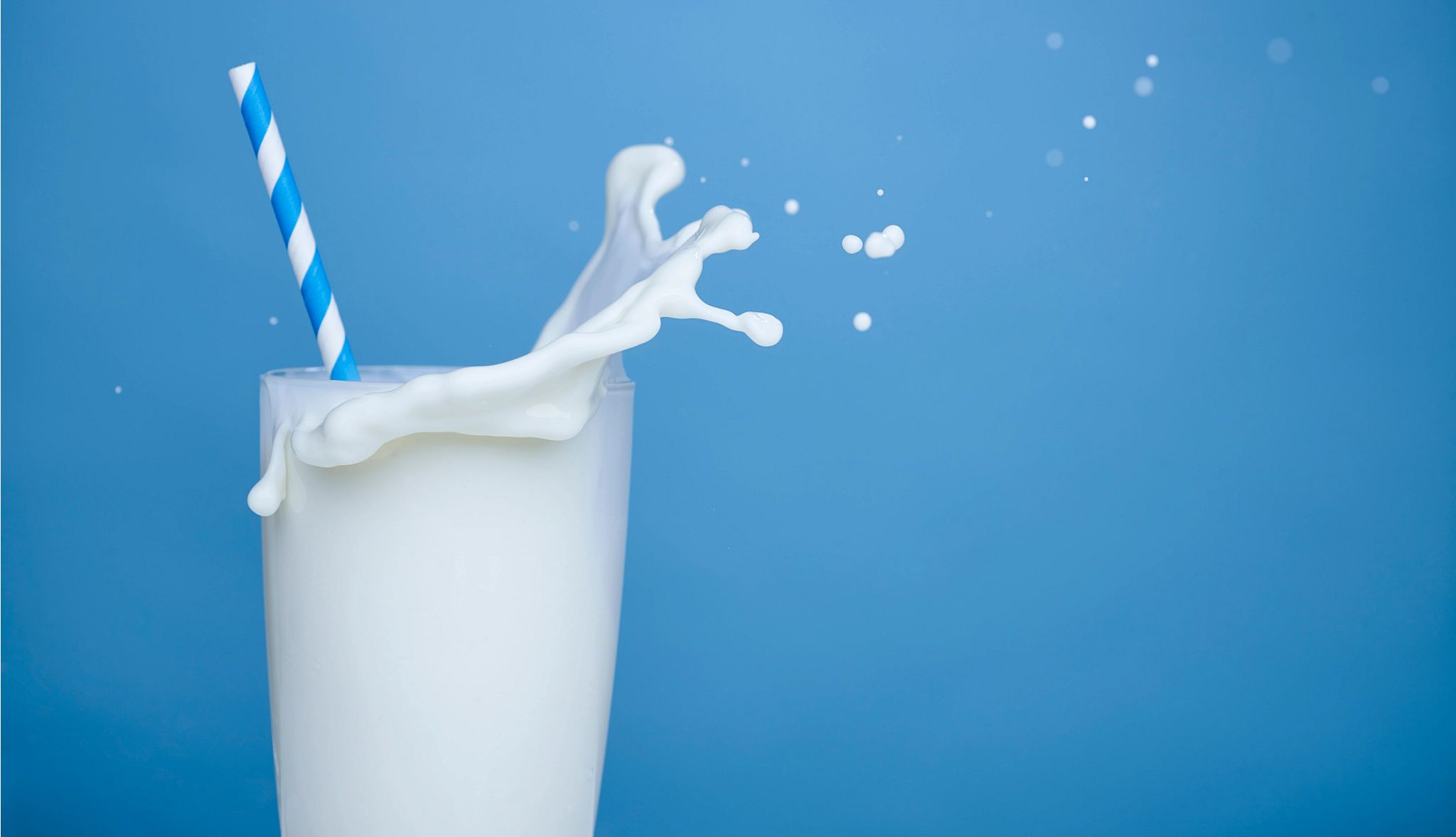Muscle mass and strength naturally decline with age, but there are things you can do to protect and maintain your muscles. A healthy diet and exercise are your best bet for muscle health, which can improve physical function and mobility while preventing frailty and falls.
Sarcopenia — the gradual loss of muscle and strength — can start in the 30s and 40s and affects people starting at around 60. Anywhere from 9 to 11 percent of community-dwelling older adults experience it, and the numbers go up if you’re hospitalized or in a nursing home.
In addition to age, other risk factors for sarcopenia are obesity, inadequate protein, insulin resistance and chronic diseases like diabetes. Sleep and circadian rhythms can also play a role, some research finds. Changes in metabolic rate, kidney and liver function, as well as less physical activity, can also negatively affect muscle, says John A. Batsis, M.D., an associate professor of geriatric medicine and nutrition.
How to thwart muscle loss
Scientists believe that exercise and diet are most effective in combating the effects of muscle loss and, in some cases, reversing it. In general, consuming more protein and vitamin D — along with physical activity — is the most researched solution for optimal muscle health.
Mediterranean and Japanese diets may offer protection from sarcopenia because they’re low in fat while being high in vegetables, fruits and high-quality protein. A typical Western diet —high in processed foods, refined grains, red and processed meats and high-sugar drinks — is linked to increased muscle loss with age, according to a 2022 report.
The power of protein
The most important factor for maintaining muscle health as you age is getting ample protein, because you build less muscle and break down protein more. “This is important, as muscle is a major metabolic organ as well,” Batsis says.
The recommended daily allowance (RDA) of protein is 0.8 grams per kilogram of weight. Some research suggests older people need 1 to 1.2 grams per kilogram of weight — that’s anywhere from 75 to 90 grams per day for a 165-pound person.
Consuming less than the RDA of protein usually speeds up muscle loss. Even if you meet the RDA, it may not be enough, says Roger A. Fielding, senior scientist in the Metabolism and Basic Biology of Aging directive at the Jean Mayer USDA Human Nutrition Research Center on Aging at Tufts University.
“Higher intakes [of protein] are associated with less loss,” Fielding says.
High-quality protein is a must for maintaining muscle, so make sure you’re getting about 20 to 35 grams of protein in every meal. Another breakdown advises adults over 65 to get 1 to 1.2 grams of protein per day for every 2 pounds they weigh. Amino acids — especially one called leucine — are just as vital to preserve muscles. Aim for approximately 2.5 to 2.8 grams of leucine per day.
Vitamin D for muscle health
Your body produces less vitamin D as you age, so getting enough is critical for healthy muscles, Batsis says. Evidence shows that vitamin D deficiency, specifically, contributes to muscle loss. Ask your doctor to check your vitamin D levels to see if you need a supplement, Fielding says.
Top foods for muscle health
When it comes to eating for muscle health, these foods are some of the best bets.
1. Cow’s milk
A glass of milk or a whey protein smoothie can be a simple way to get your protein fix. Whey is a protein found in cow’s milk that’s commonly extracted into protein powders. Some research shows that whey, leucine and vitamin D improved scores in tests used to assess muscle mass.
Note: If cow’s milk isn’t an option, fortified soy alternatives could be a good choice, as they contain added calcium, vitamin A and vitamin D. These dairy foods are also good sources of protein, Fielding notes.
Serving size: 3.5 ounces, whole milk
Protein: 3.5 grams
